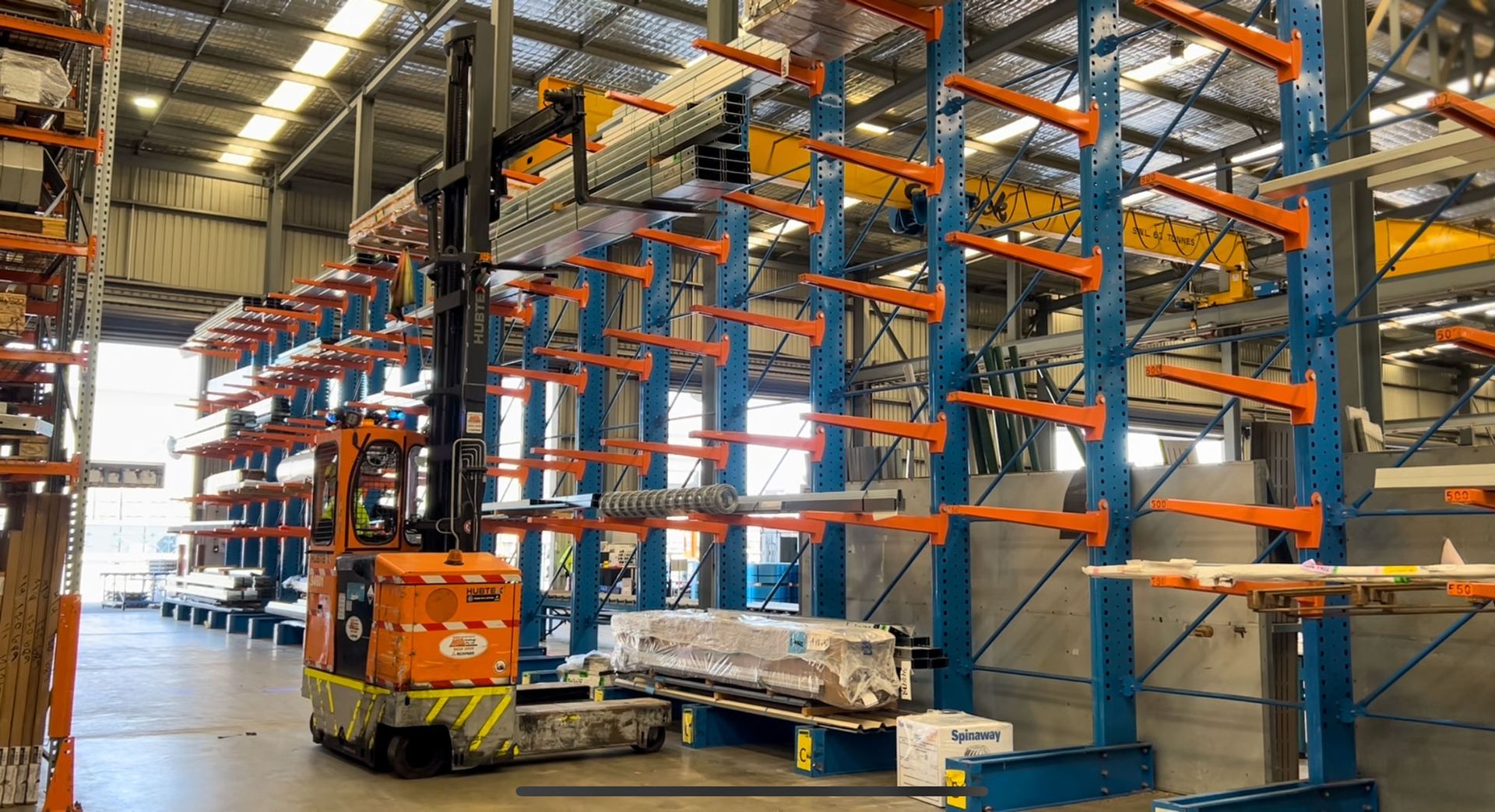Australia’s Employment Outlook 2024 – What Can Recruiters Expect
Australia’s peak Industry Recruiting body, the RCSA, examined recruitment trends and employment forecasts for 2024 in its webinar, “Australia’s economic outlook for 2024 – what’s in store for the recruitment industry?”
The event touched on the current and future state of recruitment and employment in Australia, the impact this is having on Australian organisations, and what the recruitment industry can expect over the next year.
Labour Shortage
The labour force is continuing to expand, with employment rates in Australia growing at 35,000 per month. But with unemployment currently sitting at 3.5% - 3.7%, sourcing the right candidates for many vacancy types has proven extremely difficult.
The forecast unemployment rate over 2024 is expected to slowly increase, reaching about 4.25% - 4.5% by the end of next year. That means some vacancies will become easier to fill, but the ease at which companies and hiring managers are able to fill roles will be a mixed experience, depending on skill level and where you’re located in Australia.
Demand for Skilled Workers
Demand for skilled people is forecast to remain strong in 2024, particularly in the mining states of WA and QLD. As a result, companies are at risk of losing their skill base, while in many instances, struggling to refill their positions.
It was noted that while the labour market strength is positive, it’s also contributing to the shortage of skilled labour. The job vacancy/unemployment gap remains narrow, at around 150,000. This is well below average, considering it was 400,000 pre Covid.
Shifting Recruitment Approaches
It’s likely that there will be more and better applicants for your unskilled Factory Worker positions, but you might struggle to find the right person if you have a vacancy for a qualified skilled Sheetmetal Tradesperson.
On the back of this scenario, companies are starting to refine their recruiting strategy by hiring those who are eager to learn and willing to develop their skills. Rather than hiring the wrong skilled and experienced person or waiting months for the right candidate, some businesses are ramping up their training programs and tapping into the more abundant unskilled and semi-skilled candidates.
A shift in selection strategy is addressing those shortages of skilled workers by recruiting great candidates who want to learn. Rather than defaulting to a search for skilled, experienced and qualified tradespeople, businesses who have the training capacity are selecting unskilled or semi-skilled people with the right attitude, who fit with the existing team, and have the enthusiasm to learn.
Retention Strategy
One of the easiest ways to address a recruiting problem is to solve the retention problem!
It’s important to have a mix of activities and behaviours which are aimed at improving retention and that are sustained day after day. The best way to formulate your overall retention strategy is finding out what matters to your employees, especially your top performers and skilled workers. Take the time to understand what your employees want, why they enjoy working with you and what other things might be attractive. You’ll be surprised that it’s not always about the money.
Some widely adopted retention strategies involve supporting your employees with hands-on training, offering a clear path with opportunities for growth and creating a positive and enjoyable work culture.
Balancing productivity, quality, and customer service with retention strategies can be challenging at times, but the trick is to look at what supports both good business outcomes and retention. Learn more about how using different recruitment approaches can help you get the most out of your workforce in our blog about how to improve employee retention.
Maintaining Employment Levels
During the webinar, it was noted that a lot of businesses are now looking at the market and wondering if they can maintain their current employment levels, especially as many upstaffed during Covid. As well as that, some businesses have been labour hoarding, holding onto staff they didn’t really need, as they were worried they wouldn’t be able to recruit later.
Given the uncertainty around the economy, many companies are now trimming the full-time headcount (mostly through attrition) and utilising outsourced services, contractors or casuals instead. The primary reason for this shift in full time headcount is to add flexibility and enable very quick adjustments to their workforce so that labour costs are aligned to revenue or other related output metrics.
Wages vs Inflation
Companies are still experiencing demand for higher rates of pay from employees. That’s largely a hangover from the wage/inflation gap which peaked early in 2023. The Fair Work Commission wage decision in June this year has certainly helped bridge that gap and eased the demand for wage increases.
The forecast for wages and inflation in 2024 is promising with predictions that changes to inflation will be more in line with wages growth. The Wage Price Index is forecast to remain at 4%, but inflation is expected to fall below 4% by mid 2024.
Summary
Although there are challenges ahead in 2024, there also great opportunities. Businesses who can pivot and adjust for the changing labour market dynamics will also experience productivity improvements. There are added and subsequent benefits to be gained, including improved retention and efficiency, and of course, profitability.
For help with recruitment outsourcing and HR needs, please reach out to us at hello@IRP.net.au or give us a bell on (08) 9477 7999.
Join Our Mailing List
Interested in receiving the latest industry news, HR & safety advice, and recruitment and retention tips straight to your inbox each month? Sign up to our mailing list below.











